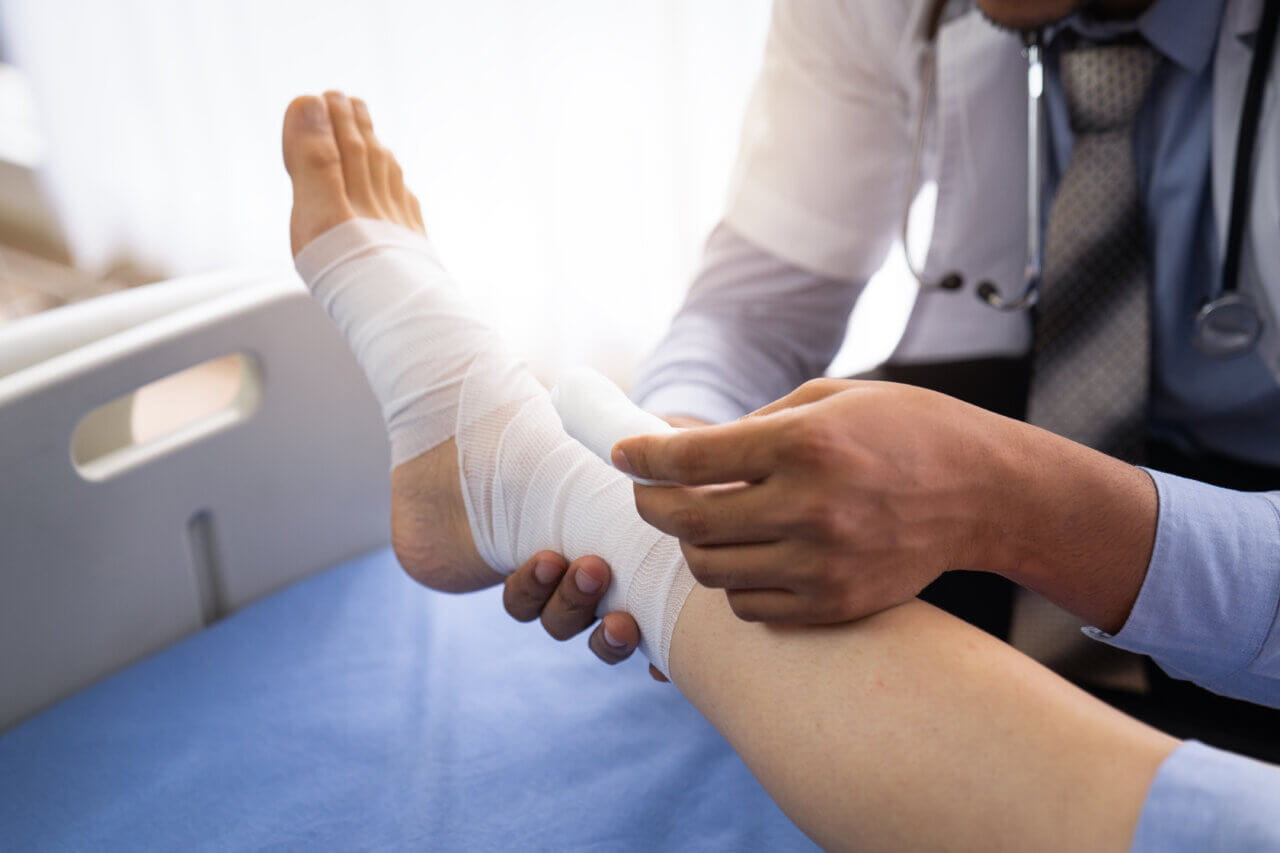The Most Common Groin Injuries and When to See a Doctor

The groin is the area where your legs meet your abdomen. There are five muscles in that area that work together to coordinate leg movements: adductor brevis, adductor longus, adductor magnus, gracilis, and pectineus.
Several types of injuries can cause groin pain. Some of the most common groin injuries are pulled or torn groin muscles, like those that can occur in sports activities.
Temporary, minor groin pain is not a cause for concern. But more severe or persistent pain is something you should talk about with your doctor.
7 Common Groin Injuries
Seven of the groin injuries that occur most frequently are, in no particular order:
- Adductor strain. This type of injury is sometimes called a groin strain. It typically results from an awkward, sudden movement, often in competitive sports.
- Avulsion fracture. An avulsion fracture of the pelvis is when a ligament or tendon pulls a piece of bone away from the rest of the hip bone.
- Stress fracture of the femoral neck. This is a rare type of injury most often seen in long-distance runners. It’s caused when an activity like running applies force repeatedly to the femur (i.e., the thigh bone).
- Inguinal hernia. This injury occurs when a portion of the intestine or fatty tissue pushes through a torn or weak area of the abdominal wall.
- Athletic pubalgia. Often referred to as a sports hernia, this is a tear or strain of a muscle, tendon, or ligament in the lower abdomen or groin area.
- Hip labral tear. This injury involves the tearing of a ring of cartilage that follows the outside rim of the hip joint socket.
- Snapping hip syndrome. Sometimes called dancer’s hip, this condition causes a snapping sound or sensation in the hip when you run, walk, get up from a chair, or perform certain other movements.
Never Miss a Beat
Get the health and wellness news that matters most delivered straight to your inbox. Subscribe to our free email newsletter to stay up-to-date on the latest news and more.
How Do I Know if My Groin Injury Is Serious?
In general, groin injuries cause:
- Pain in the groin and the inside of the thigh
- Bruising or swelling of the inner thigh
- Pain when you raise your knee or bring your legs together
- A popping sensation when the injury occurs, followed by significant pain
Groin strains are given one of three grades. Grade 1 strains cause minor pain and tenderness. Grade 2 strains cause pain, tenderness, weakness, and minor bruising. Grade 3 strains are severe groin tears with intense pain and significant bruising.
How to Prevent Groin Injuries
To minimize the risk of a pulled groin or groin strain, follow these five tips:
- Always warm up before starting a vigorous activity. Light jogging or similar exercise that warms the muscles can reduce your risk of muscle strains.
- Increase the intensity of your workouts, sports practices, or other activities gradually. You shouldn’t exceed a 10% increase in a week.
- Do regular exercises to increase the strength and flexibility of your groin muscles.
- Wear shoes that fit you well and provide good support.
- Stop your workout or other activity if you feel tightness or pain in your groin.
When to Get Medical Attention for Groin Pain
Groin pain can be an indicator of other medical conditions besides sports injuries. Make an appointment to see your doctor if you have:
- Groin pain that doesn’t get better with home care, including ice, compression, and anti-inflammatory medication taken as directed
- Severe groin pain
- Blood in your urine
- A lump in or around a testicle
- Sharp pain in the lower part of your abdomen that comes and goes
Get immediate medical attention if you experience:
- Groin pain with accompanying pain in your chest, abdomen, or back
- Severe testicle pain that occurs suddenly
- Testicle swelling and pain along with blood in your urine, nausea, vomiting, fever, or chills
Learn More About Orthopedic and Sports Medicine Services at Baptist Health
If you’ve suffered a groin injury, Baptist Health can help. Learn about our outstanding orthopedic and sports medicine services, or find a provider near you using our online provider directory.
Next Steps and Useful Resources
Find a Provider
12 Essential Health Screenings for Men
Navigating Life After Testicular Cancer
Top Annual Checkups for Men


.jpg?rev=085bee5812004a33bd15fcca8524c237)
